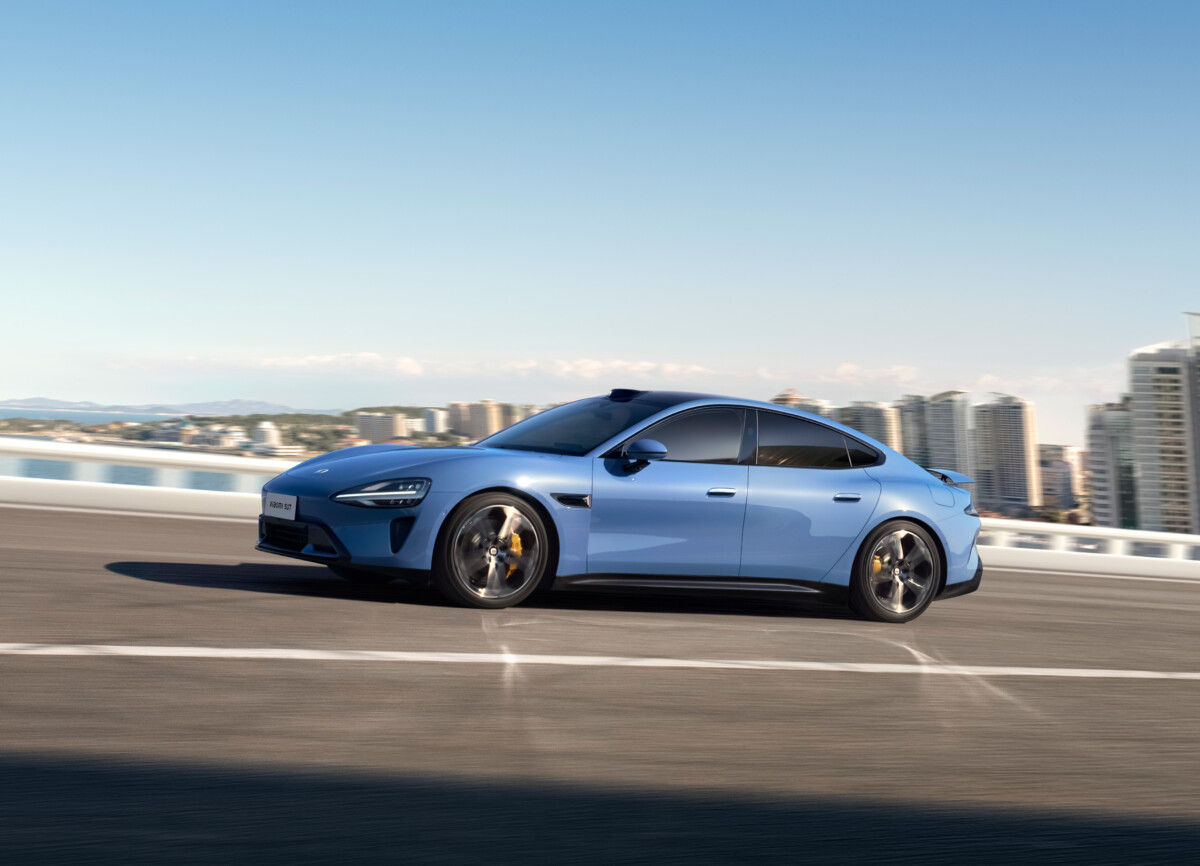During the presentation of the figures concerning its SU7 electric car, Xiaomi revealed the consumption of the two versions which will be sold in China, including very interesting values and comparable to the best models in the category. But Tesla managed to stay ahead.
The battle of numbers is on. In the world of electric cars, a few years ago, when we announced a long range, there was necessarily a large battery behind it. But today, large batteries are no longer really in fashion, for obvious ecological reasons obviously, and engineers are working more on efficiency. This includes the electric motor(s), but also aerodynamics.
The best example is undoubtedly the Mercedes Vision EQXX concept car, a model capable of covering around 1,200 km on a single charge, all with a large battery, certainly, announced at 100 kWh capacity, but above all with a particularly neat Cd of only 0.17. The car then managed to drop below 10 kWh/100 km in terms of consumption, and even reached 8.3 kWh/100 km on a journey. This is almost twice as weak as the best electric cars of the moment.
Will the Xiaomi SU7 be the most durable electric sedan?
The consumption, this is the new workhorse of manufacturers, evidenced by the msi figures put forward by Xiaomi during the presentation of the technical details of its SU7 electric sedan. To achieve the 800 km of autonomy announced for the model with the 101 kWh battery, the Chinese manufacturer announces mixed consumption according to the Chinese CLTC cycle of 13.6 kWh / 100 km, what is excellent. For the version with the smallest battery of 73.6 kWh, Xiaomi announces 668 km of autonomy and 12.3 kWh /100 km consumption.

Some Chinese media were also able to test the Max version (with a range of 800 km) “in a sustained speed scenario” and consumption stood at 15.7 kWh / 100 km until the range fell to zero. This therefore gives a real range of 643 km in these conditions. Not bad when you know that “sustained speeds” are the main enemies of the electric car. However, Xiaomi did not specify exactly what speed the cars were measured at. If it’s at 130 km/h, it’s indeed excellent, if it’s at 90 km/h, it’s less impressive.
| Car | Consumption (100 km) CLTC | CLTC autonomy |
|---|---|---|
| Xiaomi SU7 | 12.3 kWh | 668 km |
| Xiaomi SU7 Max | 13.6 kWh | 800km |
| Tesla Model 3 Powertrain | 11.3 kWh | 606km |
| Tesla Model 3 Long Range | 13.2 kWh | 713 km |
| Tesla Model S | 17.5 kWh | 760km |
Good numbers, but not the best
But the Xiaomi SU7 small battery is not the queen of consumption, since the Tesla Model 3 with the small rims is approved in China with a consumption of 11.3 kWh/100 km according to the CLTC cycle. On the other hand, it does better than a Model 3 Large Autonomy measured at 13.2 kWh / 100 km, than a Tesla Model S Large Autonomy at 17.5 kWh / 100 km or even than the old Porsche Taycan at 19, 6 kWh / 100 km.

But be careful, another sedan could soon do better, since the announced consumption of the Huawei Luxeed S7 is only 12.4 kWh/100 kilometers.
In the meantime, Xiaomi has also announced a hypothetical version with 1,260 km of autonomy with a gigantic 150 kWh battery. Under the WLTP cycle, which is a little more severe, the range remains impressive and should be around 1,100 km. This will also be the case if the SU7 arrives in Europe for the smallest versions, where the autonomy announced at 800 km for the Max version could drop to 700 km due to approved consumption higher than that of the CLTC cycle, renowned like a little more lenient.
